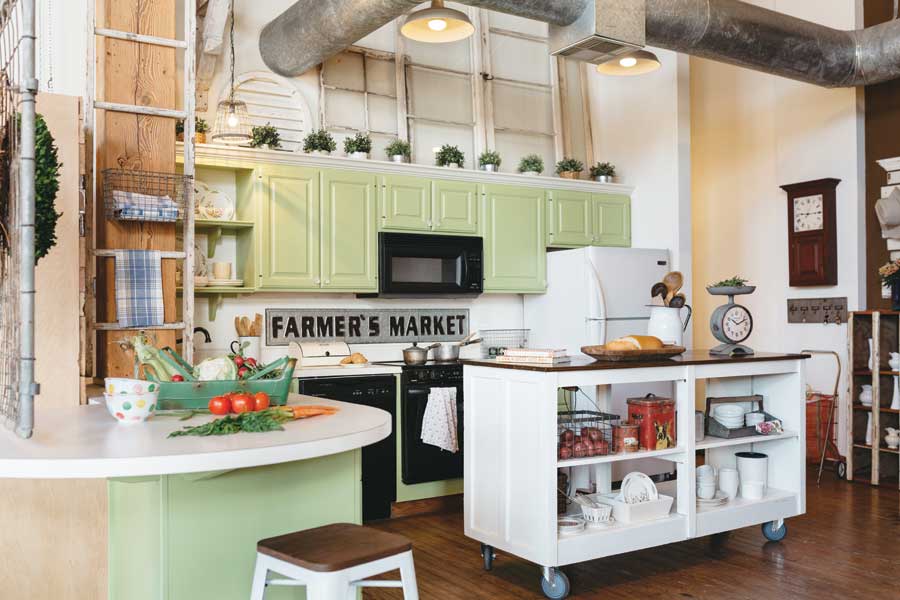Welcome wildlife to your garden with proper habitat
08 Mar 2018
Building a proper habitat will turn your garden into a wildlife haven.
Here’s how to get started.
By Steve Frye Imagine yourself in your garden this spring. How could it be better? Do colorful, fragrant plants abound? Is there a hum of insect activity? Do creatures share your space? Those last two questions are important to me. Sure, I enjoy a garden’s colors and textures, but it’s the creatures that I find most intriguing. What would my garden be without sunning butterflies, squirrels dashing about, a garter snake slithering through, birds singing and bathing, or a hawk streaking by? Rather boring, I suppose. When I plan changes or additions to my yard, gardening for wildlife is always at the forefront. Habitat is key to inviting wildlife into your garden. Habitat has four elements: food, water, shelter and space. If you provide these elements, wildlife will likely show up, within reason, of course.Food for Thought
The first element—food—can be natural or supplemental. Trees, bushes, flowers and grasses all serve double-duty, providing both food and shelter. Food can come from a plant’s fruits or seeds, or from the insect fauna associated with the plants. Native plants have high wildlife value to local inhabitants because of the fauna they harbor. Trees that attract wildlife include ponderosa pine, blue spruce, aspen, juniper, pinyon pine, willow, hawthorn, serviceberry and mountain ash. Shrubs with good wildlife value are currant, dogwood, viburnum, rabbitbrush, mountain mahogany, wild rose and raspberry. Some helpful vines include Virginia creeper (but plant it where you won’t mind it “creeping”), wild grape and turquoise berry. Annuals, like zinnias, marigolds, sunflowers and amaranth, have plentiful seeds that continue to feed birds and mammals throughout the winter months if you leave the stems intact.
Get Wet
The Front Range is semiarid, so a water source is essential. A simple birdbath, reflecting pool, koi pond, fountain, or even rocks with depressions you can fill with water are all options. A shallow pool or stream encourages birds to bathe, but if you want hummingbirds to take a dip, you’ll need misting water (like a sprinkler) they can flit in and out of, or a shallow sheet of water flowing over a rock. A moist gravel or sand patch allows butterflies and bees to drink as well.Gimme Shelter
Wild animals need shelter to raise young, escape predators, protect themselves from harsh weather and rest. A hardscape can function as shelter, too. Birds use the vine-covered arbor above my garden gate as cover when going to and from the backyard, and as a nighttime roost. Snakes love to hide in my rock piles. All kinds of plants can serve as cover, but make sure you have a few dense bushes and evergreens to enhance the options in your yard. You can also add supplemental shelter in the form of a brush pile or ornamental house—not only for birds, but also for bats, foxes, squirrels, owls, bees, butterflies and even toads. It just takes a little research and imagination.Space Case
Habitat’s fourth element—space—is simply room to move around in the environment. Don’t pack your property so full of things that no open space is left. Imagine your garden in 3-D, with tall trees to medium-size shrubs, down to ground covers and flowers. You also want to have sight lines and spaces where you can observe all the wonderful creatures enjoying your garden. Nothing is as pleasant as taking in a garden’s colors, smells and textures while enjoying the critters actively using it. Start thinking of your garden as habitat, and consider all the wonderful wildlife that will share your space this spring.Steve Frye owns Wild Bird Company in Boulder, which sells everything essential for attracting wildlife to gardens.












